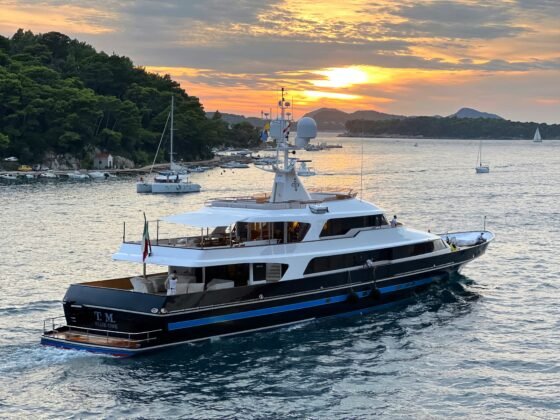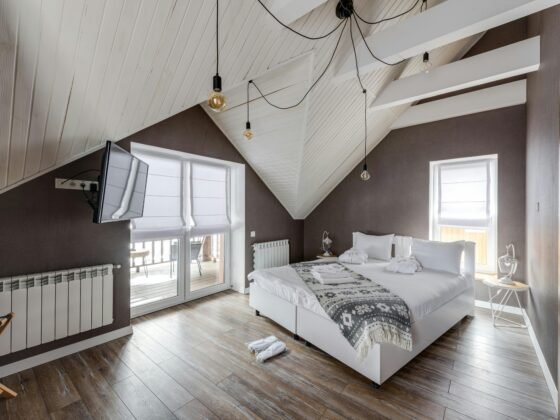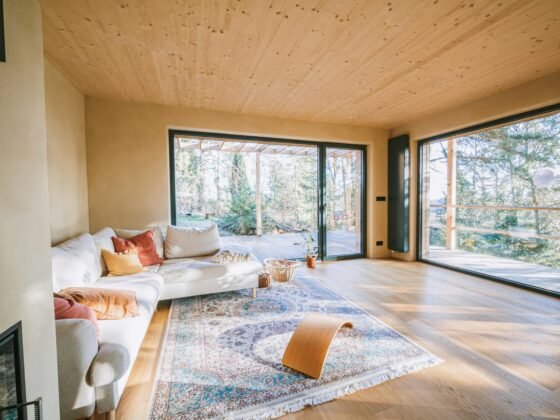Organising a break from everyday routines calls for clarity about where to stay and what kind of accommodation suits your style of travel. Static caravans offer a base that combines convenience with comfort in many coastal and countryside settings across the UK. Knowing how to organise your trip can save time and make the experience straightforward from the start. Looking into location, layout, and practical details before you leave helps everything flow more smoothly once you arrive.
Choosing Caravans to Rent
Finding the right spot begins with browsing caravans to rent in areas you want to visit. Holiday parks, independent sites, and private owners all offer options at different price points and specifications.
Looking closely at photos, layouts, and amenities before booking helps you match a caravan to your own priorities, such as proximity to walking trails, a secluded beach, or family entertainment. Some listings even highlight extras like outdoor furniture or access to a guest area, which can shape how relaxed your stay feels. Reading reviews from previous guests can also give insight into cleanliness, noise levels, and how responsive the host might be.
Deciding on Location and Setting

Location influences almost every aspect of a caravan break. Coastal sites bring sea views and breezes at different times of day, while inland parks provide quiet spots near heritage sites or wildlife areas. A static caravan on private land might appeal to those who prefer fewer neighbours and more space.
Holiday homes within a larger holiday park often suit families who want activities and facilities within walking distance. Transport links, nearby shops, and opening times of local attractions are worth checking ahead, so you know what to expect and can plan day trips or food shopping without stress.
Understanding Layouts and Amenities
Static caravans vary widely in layout and fittings. Some contain a twin room and a separate twin bedroom, others offer a king size bed or even en-suite shower rooms. Inside, a living room might feature freestanding sofas, a large flat screen TV, and outlook doors opening onto a deck.
Kitchens can be compact or expansive, with double ovens and a fully equipped kitchen for those who enjoy preparing meals. Gas central heating and a wet room add warmth and practicality, especially outside peak summer. Taking time to compare floor plans, square footage, and the location of bathrooms or communal spaces can make a big difference if you’re travelling as a group with different routines.
Matching Features to Your Group
Families, couples, and groups of friends often have different needs. Pet friendly caravans allow dogs or cats to come along, avoiding kennel fees. Luxury caravans might have washing and drying machines, WiFi box access, and outdoor seating areas for evenings.
A caravan owner may also allow flexible arrival times or offer tips about the area’s less crowded paths or hidden cafés. Matching the accommodation’s features to your group’s habits makes day-to-day living easier throughout the trip. Consider how much time you plan to spend indoors compared to exploring, and pick amenities accordingly.
Booking and Practical Preparation
Caravan hire can be arranged through a holiday park’s main office, an online platform, or directly with private caravans listed by owners. Reading terms about deposits, cleaning, and cancellation policies matters as much as checking maps and public transport links.
Bringing your own linen, checking for available parking, and asking about a guest area can smooth the arrival process. Confirming access codes or keys a day or two before travel avoids last-minute stress. It’s also sensible to ask about on-site security, quiet hours, and any restrictions on visitors so you know what’s allowed once you settle in.
Making the Most of the Stay
Once settled in, small touches add to the experience. Setting up outdoor furniture for morning coffee, airing the living room during the day, and exploring nearby paths at quieter times all contribute to a calmer break. Using double ovens for shared meals or trying out local produce adds a homely feel.
A holiday park with on-site entertainment can keep children engaged while adults read or enjoy a drink outside. Simple routines like tidying daily or drying clothes in the provided machines keep the space comfortable throughout your stay. Checking local noticeboards or social media groups can also reveal temporary events or pop-up food stalls you might otherwise miss.
Conclusion
A scenic getaway in a static caravan combines familiar comforts with new surroundings. Taking time to select the right location, assess layouts, and match facilities to your group makes planning straightforward. Clear communication with the caravan owner and attention to small details at booking stage also help.
With those elements in place, the trip can feel settled from the first evening and leave space for exploring, relaxing, and enjoying a different setting at your own pace. A bit of preparation before you leave makes the difference between a rushed break and a steady one where you know what’s waiting for you when you arrive.
Image: Unsplash, Anita Austvika; Richard Sagredo












